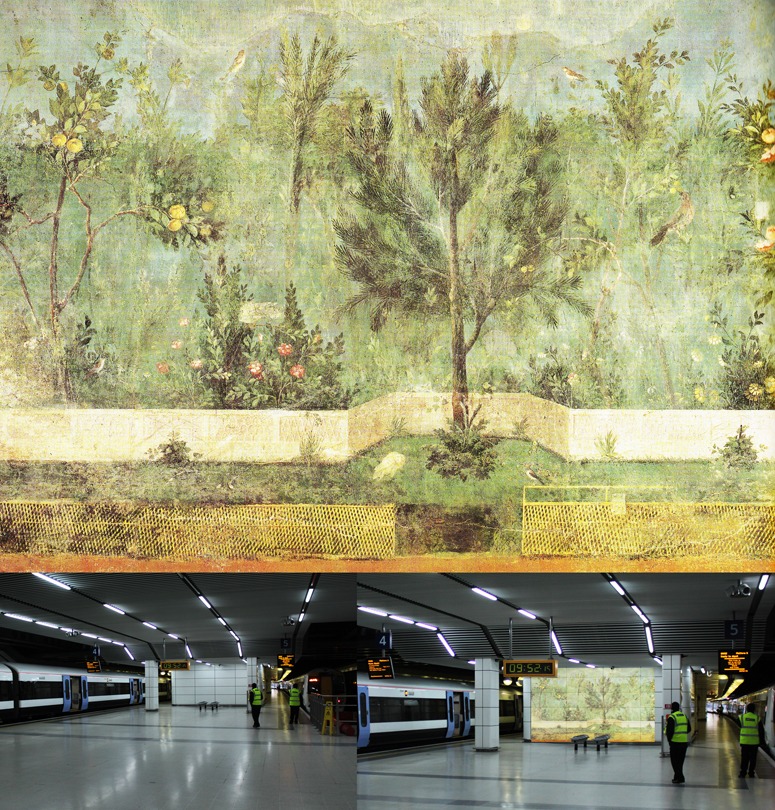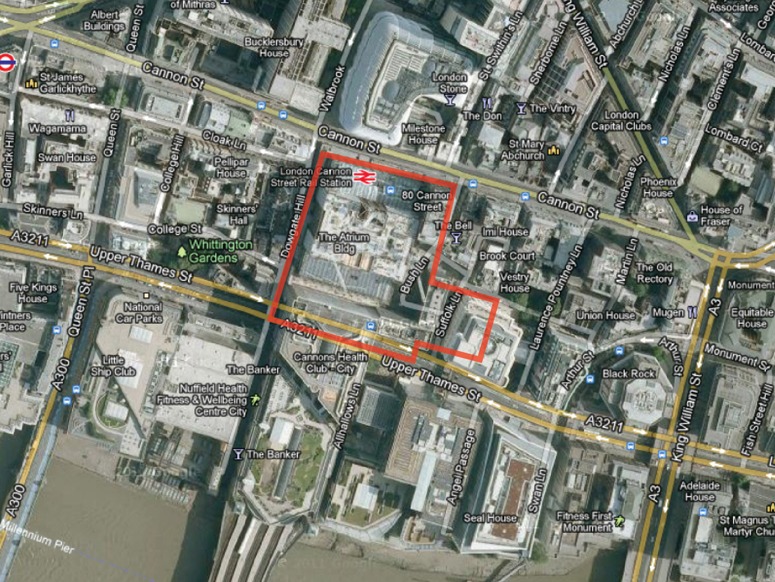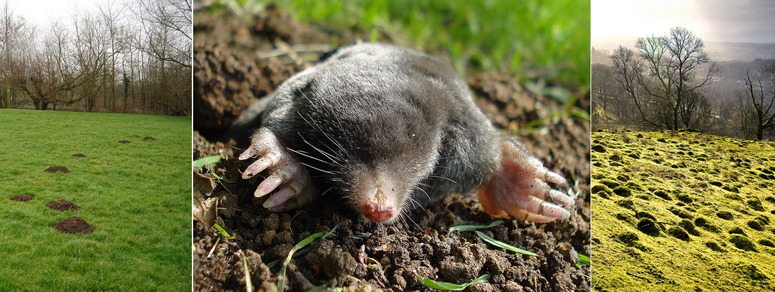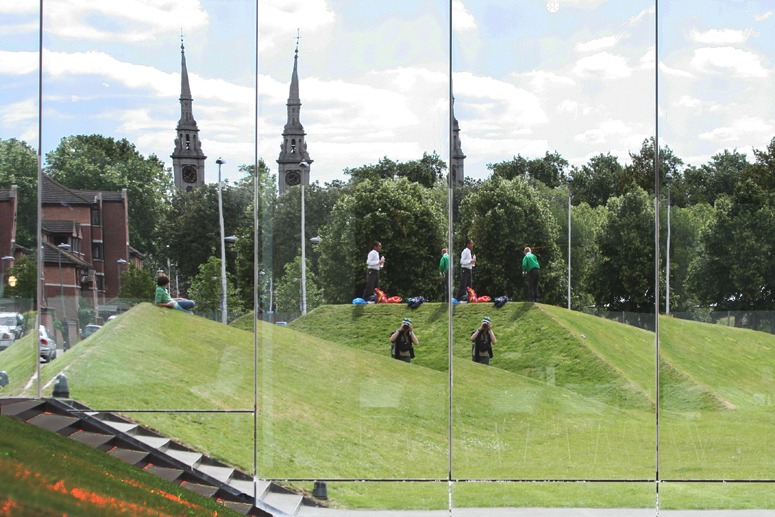
Roman palace garden image projected onto a minimalist wall at Cannon Street Station
Reading about London’s Roman archaeology, I was deligted to find that the site of the Provincial Governor’s Palace is open to the public. It is now the foyer of Cannon Street Station (ie the foyer is above the garden site). So I went to take a photograph. My camera went ‘click’ at 09.52.15 on 05.1.2012 and 57 seconds later a shifty looking man approached me with an ID card and we had the following exchange.
‘I am the station manager. Did you know that this is a private place and you are not allowed to take photographs?????’.
‘No. I thought it was a public place. Please can you show me the sign which says “No Photography”‘
‘There isn’t one. Do you have a sign in your house saying “No Photography”?????’
‘No but there is a difference between a private house and a ………..’
I could not finish the sentence because he interrupted me to say ‘I could call the police’. I asked him not to interrupt and made 3 more attempts to complete my sentence. It could not be done, so I ended the conversation with the remark that that ‘If this is how “station managers” waste their time it is no surprise that National Rail has operating costs way above the European average. It also has lower standards – and the staff are often impolite’.
No doubt he could have given me the
Nuremberg defence ‘I was just following orders’ and to show I bear no personal grudge I have decided not to bill Network Rail for the imaginative proposal, above, for using his blank wall as a place on which to project illustrations of Roman Palace gardens. He should also install a
Triclinum and train for the more rewarding job of serving Roman delicacies to customers suffering psychological damage from their experiences with London’s rail system.

The site of the Villa and Palace Garden of London's Roman Provincial Governor is now the foyer of Cannon Street Station
. Let us hope National Rail ‘read the writing on the wall’ and put on the Roman Palace Garden Projection as a contribution to the
2012 Chelsea Fringe Garden Festival.




